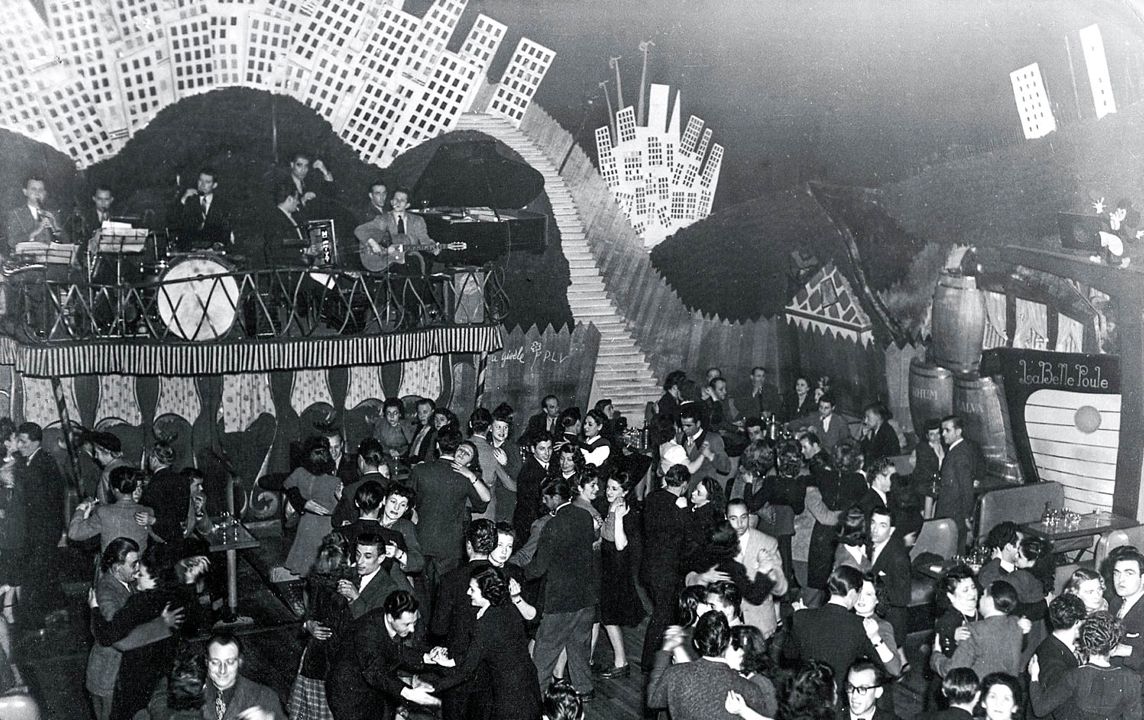Le p'tit bal perdu
30's French old-fashioned Musette
Chanson, waltz, java, tango, swing, paso, march, tipico
THE 1930S IN FRANCE (BALLS, SONGS)
The Musette balls of the 1930s embody an image that we might refer to today as ‘underground’, a
real den for tough guys. This was a place where the upper-middle-class ‘bourgeois’ came to slum it
and rub shoulders with the ‘riff-raff’: thugs of all stripes, pimps and young rogues: cocked hat, tank
top and cigarette butt between the teeth. Just as with the milongas for the tango and the smoky
bars for rébétiko, this kind of venue was controversial and was equally associated with the place
that women came to do a different kind of business...
For more informations about the show



